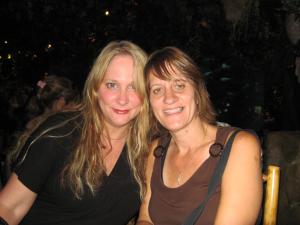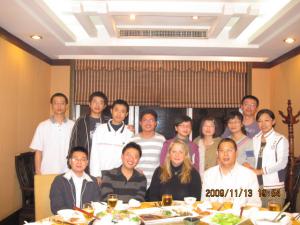Texas A&M Professor Kim Renee Dunbar Shares Past Achievements of University's Chemistry Department
Respected professor at Texas A&M University (TAMU), Kim Renee Dunbar shares the chemistry deparment’s distinguished past achievements with readers.
COLLEGE STATION, TX, USA, May 11, 2020 /EINPresswire.com/ -- For decades, Kim Renee Dunbar has served as a preeminent force in the international scientific community’s understanding of critical concepts in chemistry, especially inorganic chemistry. She’s currently a University Distinguished Professor and holds the title of Davidson Professor of Science in the Chemistry Department at Texas A&M University. Below, she shares some of her department’s notable achievements since the 60s.“Before 1966, TAMU’s chemistry department focused on teaching service courses to those enrolled in the Colleges of Agriculture and Engineering,” says Kim Renee Dunbar. “There were only a handful of modest research programs going on then and they were run by a small number of faculty with minimal funding. But in 1966 the University increased development of the chemistry department to serve as one of its flagship research departments.”
The institution’s efforts paid off, and the department was elevated into a nationally recognized program of excellence. In 1972, a significant wing was added to the Chemistry Building that included an additional 35,000 sq.ft. of laboratories and offices. While the department was only led by one Department Head in the past, three took over a few years after the expansion to run the now-large operation.
“The graduate body in the chemistry department grew to hundreds of students while research funding inflated to more than $8 million per year,” says Kim Renee Dunbar. “Expansions continued after that including a 65,000 sq.ft. addition to the Chemistry Building that offered teaching space, research laboratories, and support facilities.”
The department also saw significant advances in its research support facilities through the Center for Chemical Characterization and Analysis (CCCA), a new administrative oversight combining NMR, MS, XRD, and elemental analysis services. In the late 80’s and early 90s, the Chemistry Bulding’s oldest wings were renovated to upgrade and modernize the office, laboratory, and support spaces.
“Between 1995 and 2005, 15 new faculty were hired and the department’s Division of Biological Chemistry was established,” says Kim Renee Dunbar. “Research funding also saw a huge increase during this time to more than $14 million per year in 2003. Besides securing funds, one of the major focuses in this period was extending and strengthening departmental interactions with the industry.”
Kim Renee Dunbar tells us that it was well-known by the early 2000s that the Chemistry Department was the flagship science department at Texas A&M. In 2011, for example, the research funding for the year was $19.2 million, of which $15.4 million came from federal sources. Today, Texas A&M University stands as one of the finest educational institutions in the world and remains an industry leader in chemistry and scientific research.
Caroline Hunter
Web Presence, LLC
+1 786-233-8220
email us here
Kim Renee Dunbar Family
Legal Disclaimer:
EIN Presswire provides this news content "as is" without warranty of any kind. We do not accept any responsibility or liability for the accuracy, content, images, videos, licenses, completeness, legality, or reliability of the information contained in this article. If you have any complaints or copyright issues related to this article, kindly contact the author above.





